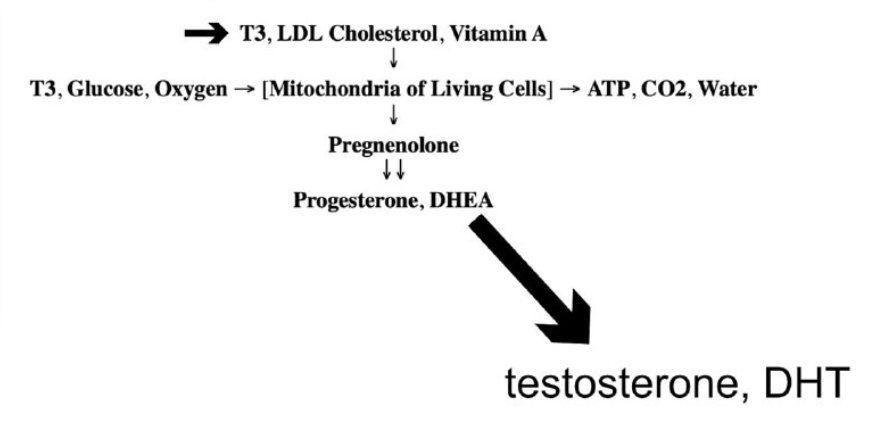@Norwegian-Mugabe Great post! Where can I read more about Jerry Barnes? I couldn't find his work on restrain that you refer to.
An analogy can be drawn between animal neoteny and plant neoteny. Young plants have specific neotenous proportions, similar to animals. Young plants have a high proportion of photosynthetic/respiratory:vascular tissue, and a high proportion of root tissue:vascular tissue. Although plants do not have an endocrine system per se, they do have hormones. Auxin can be thought of as an aging hormone, while cytokinin can be thought of as a youth-associated hormone. Seaweed contains high levels of cytokinins, and some growers use foliar applications of cytokinin to promote a "root-dominant" state in their plants.
Another aspect of plant neoteny is larger leaves and leaves with a high width-to-length ratio. Red light is the more photosynthetically active portion of the spectrum, and I have found that supplemental red light induces this neotenous leaf phenotype.
Your mention of balanced fertilization is correct, and over-fertilization of any one nutrient or mineral can induce deficiencies of other nutrients.
Milk is beneficial to plants and is used by many people as an effective way to treat foliar fungal diseases.
Analogizing between plants and animals can be misleading. Plant metabolism is much more proliferative than animal metabolism. I like to keep this on mind so I do not get to carried away with analogizing between plant and animal metabolism. That being said, a move towards greater bioenergy in plants is probably a move away from encouraging proliferative functions.
